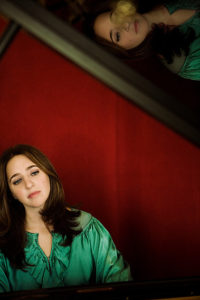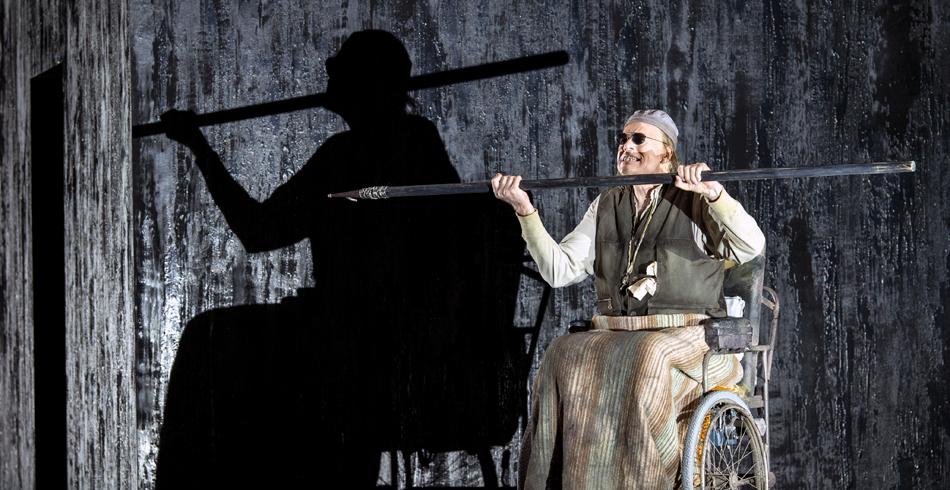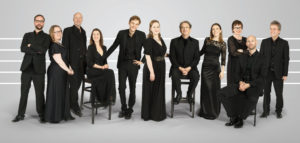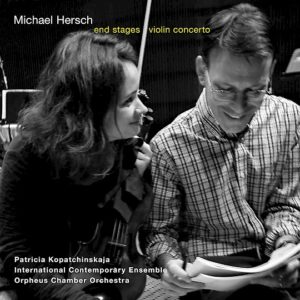
Simone Dinnerstein in Recital
Miller Theatre – Columbia University
December 8, 2018
Published on Sequenza21.com
By Christian Carey
NEW YORK – On Saturday, December 8th, pianist Simone Dinnerstein made a return appearance to Miller Theatre to perform an intriguing and eclectic solo recital. The stage was set with subdued lighting, with electric “candles” placed throughout and, over the course of the evening, small shifts of color. Ms. Dinnerstein, dressed in elegant, flowing attire, created an atmosphere through her performance demeanor as well. The recital was announced with no intermission and the pianist paused from playing only once, midway through, to acknowledge applause and take a brief break. However, by otherwise starting each piece immediately after the final notes of the one it preceded, she communicated clearly that this was not to be an event in which musical continuity would be broken by applause between numbers. Thankfully the audience complied, mutually agreeing to allow the atmosphere to envelop them too.
Dinnerstein played two pieces by the Eighteenth century harpsichord composer Francois Couperin, one at the beginning and another right before the break. This is the first time she has programmed the composer. Her approach to Les Barriades mystérieueses was sonorous, eschewing ornamentation in favor of unadorned, shapely melodies. Like the Goldberg Variations, the second piece required interlacing the hands to play everything on the piano keyboard that would have required two manuals on the harpsichord. Le Tic-Toc-Choc, ou Les Mallotins featured motoric clockwork and brisk filigrees that were an excellent foil for the Philip Glass work that immediately preceded it.
Mad Rush (1979), one of Glass’s best known piano pieces, was first composed for the organ at the Cathedral of St. John the Divine, where the composer performed it for an appearance by the Dalai Lama. Arranged for piano, the piece is forceful and filled with contrasts. Its delicate passages were played with a spacious sense of breath by Dinnerstein, while the more emphatic central section in piece’s the repeating loop was performed powerfully with fleet-fingered accuracy. Last year, Dinnerstein’s account of Glass’s Third Piano Concerto was impressive; here, she made a further case for a place in the pantheon of Glass pianists. Contrast played a large role in Dinnerstein’s rendition of Robert Schumann’s Arabesque. Once again, she emphasized the breath between phrases, allowing the audience a sense of deft transition between the various emotive sections as they unspun.
Erik Satie’s Gnossiene No. 3 received the mysterious performance its ambiguous markings and lack of bar-lines evokes. One part cafe music and another modal Impressionist excursion, the piece was rendered with an evasive, lilting quality.
The pianist, in general, avoids overt and flashy displays of hyper-virtuosity, preferring instead to pick distinct places in which she allows her playing to be unrestrained. Dinnerstein’s performance of Schumann’s Kreisleriana provided several excellent opportunities for effusive virtuosity, and they seemed all the more special for the way that the pianist set them in relief against the more contemplative portions of the work. Fleet arpeggiations flew and the fugal passage in the final movement was a brisk cannonade.
Dinnerstein’s aforementioned penchant for allowing the music to breathe, as well as the atmosphere she created for her performance, encouraged a normally bustling New York audience to truly slow down and breathe themselves: a welcome respite during the busy holiday season. When the encore she favored them with was not some barnstormer but instead a reprise of Les Barriades, allowing the program to come full circle, it seemed entirely appropriate.


